America is not unique in having desolate shopping malls, but the sheer number of underperforming, closed, and abandoned malls—including the mammoth Century III Mall near Pittsburgh, Pennsylvania—should give cause for alarm.
First appearing en mass in the middle of the 20th century, enclosed malls helped define development patterns in the United States for over six decades, with sprawling suburban tracts taking root in place of dense cities. The land was plentiful and cheap, luring residents and commercial developers who saw potential with indoor malls surrounded by acres of free parking. The airy and stylish centers offered air-conditioned comfort and amenities not found in downtowns increasingly seen as downtrodden and outdated. For decades, these malls were refreshed, rebranded, rebuilt, and replaced at a furious pace, with nearly every metropolitan area ringed with one or more malls, killing off retailing in the city’s center.
However, something happened at the beginning of the 21st century—traditional indoor malls became unfashionable. Construction of new enclosed centers slowed as outdoor shopping centers and downtown revitalization began to take root across America. Many outdoor malls were patterned after their indoor companions, consisting of the same mix of mid-range stores and anchors, while others were more elaborate, with shops, restaurants, bars, residences, and offices intermixed. These new centers had no concourses to cool and heat and often incorporated elaborate landscaping and water features to draw in shoppers and tourists.
Malls once depended upon former bellwethers such as Sears, Montgomery Ward, Service Merchandise, and Best, but many of those chains either disappeared by declaring bankruptcy or by merging with a more profitable company. Other once-prominent retailers, like Macy’s and Barnes & Noble, are closing stores because of a lack of product differentiation and the rise of online retailers.
The resurgence of the city center has also profoundly impacted shopping. Independent retailers and chains have taken hold in many urban areas that were once barren of shopping for decades, lured in by 18-to-35-year-olds who have repopulated neighborhoods once forgotten and left behind for suburbia. What was once concentrated in the largest cities in America, like New York and San Fransisco, has spread to areas in the rust belt and sun belt, like Cincinnati, Detroit, Pittsburgh, Charlotte, and Birmingham.
These factors all played a part in the demise of Century III Mall.









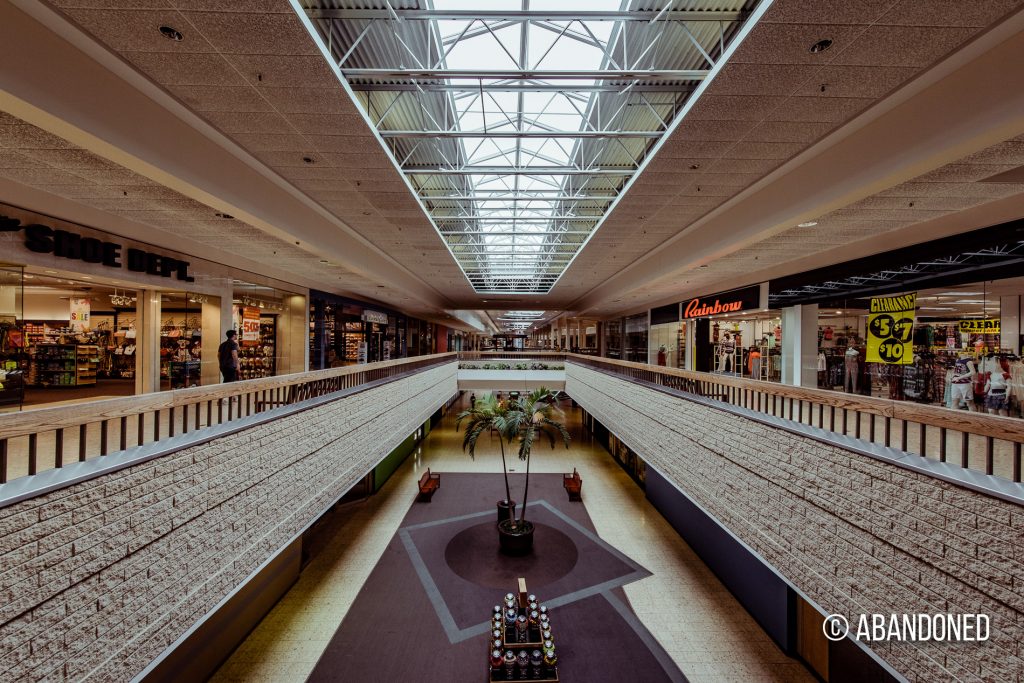
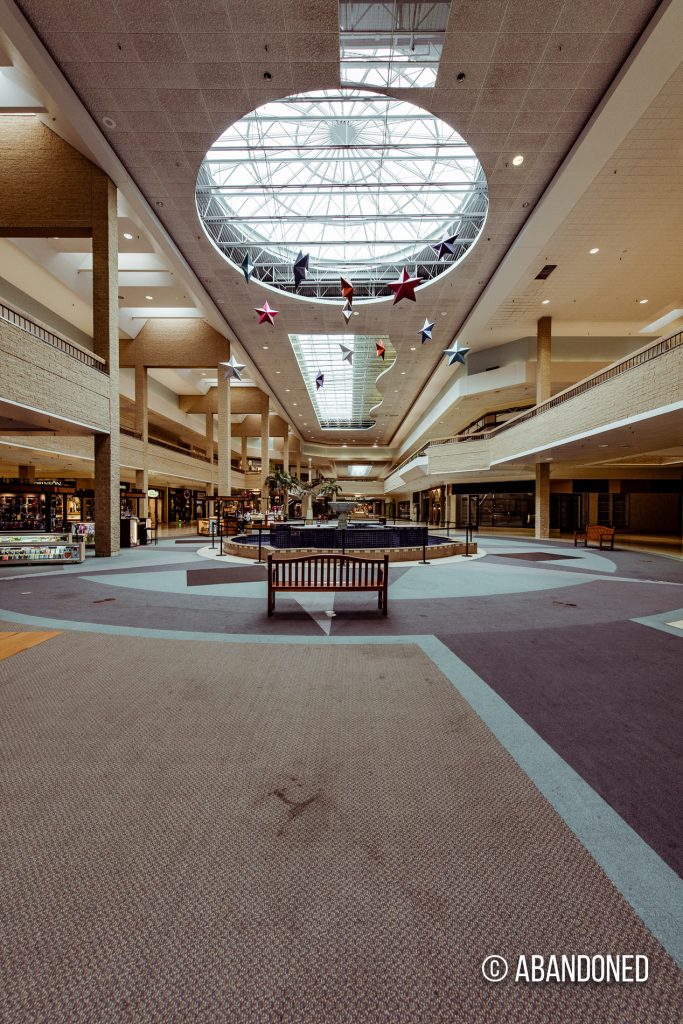
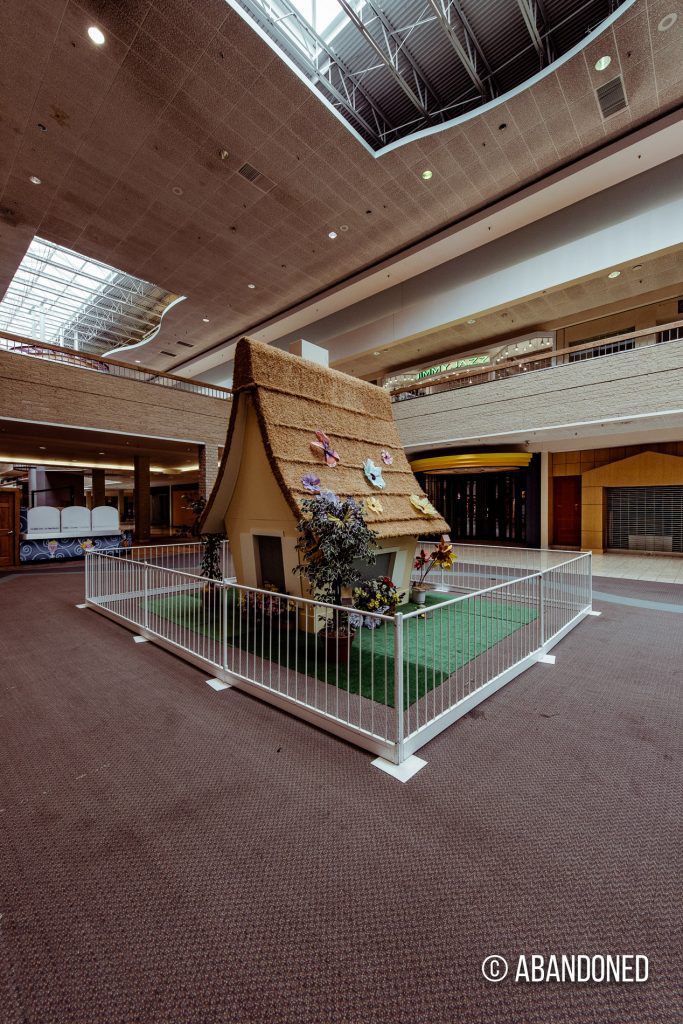


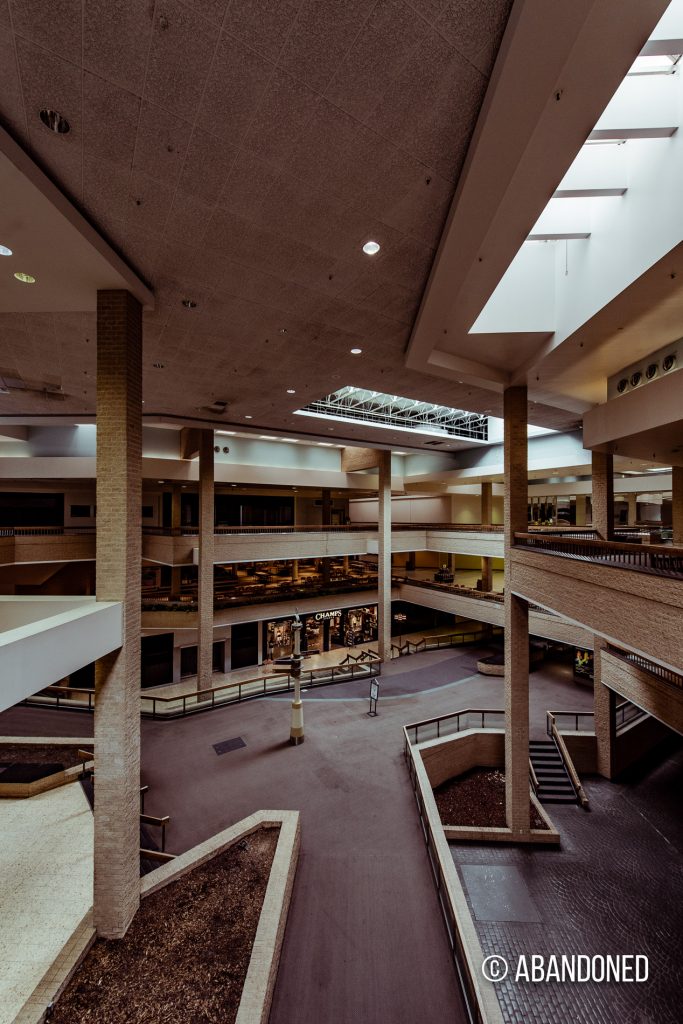


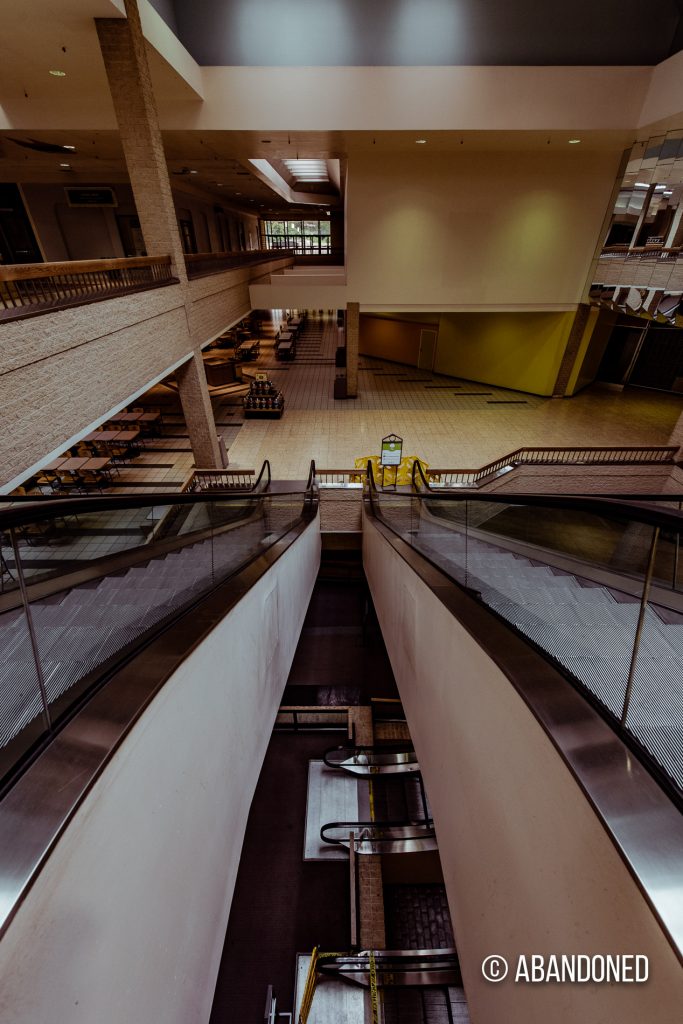












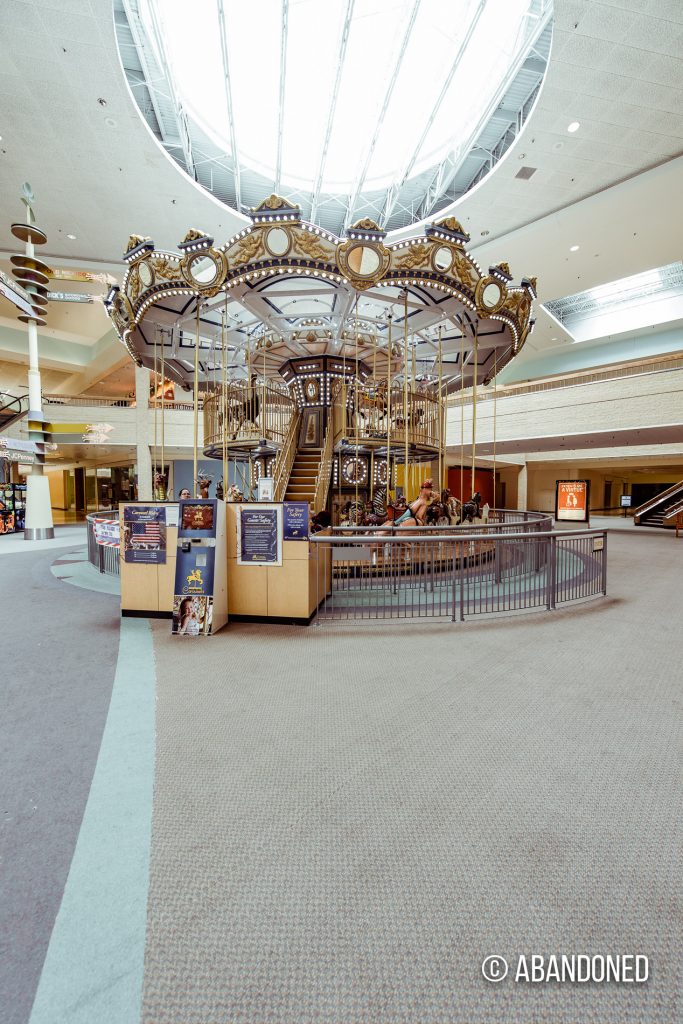

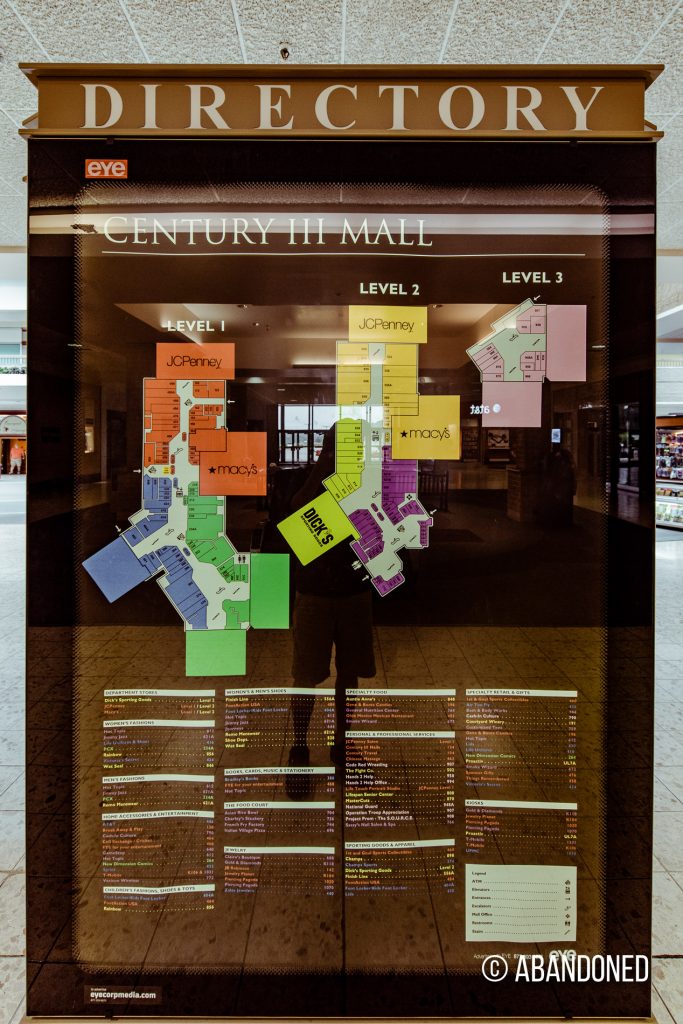
Horne’s, one of Century III’s original department stores, was acquired by Federated Department Stores and became a Kauffman’s Furniture Gallery and then a Macy’s Furniture Gallery when Federated retired the Kauffman’s name. The Kauffman’s department store, a local chain, became a Macy’s for the same reason, a move that was much resented by locals.
Gimbels, another original anchor, closed in 1986 because of the chain’s slow decline. It was replaced by a succession of chains, including T.J. Maxx, Marshall’s, Wickes Furniture, Steve & Barry’s, and Dick’s Sporting Goods. Steve & Barry’s was closed due to bankruptcy; others, like T.J. Maxx and Marshall’s, closed because of underperformance.
Sears, the last department store to open at Century III, became the latest anchor to flee. What was once one of the nation’s most prominent and successful chains has become a farce and underperformer in nearly every measurable aspect.
Without successful, stable anchor stores, Century III became highly dependent on its inline retailers for vitality, only to see foot traffic disappear. The mall saw further decline with the arrival of newer mixed-use developments elsewhere in the city, including The Waterfront in Homestead and SouthSide Works in the South Side Flats neighborhood. Century III was sold later to Moonbeam Capital Investments for a mere $10.5 million. What happens to the increasingly ailing mall remains to be seen.






17 Comments
Add Yours →Love this Mall. My Dad was a retired Carpenter and sharpened the saws for this mall. In its hay day it was the 3rd largest mall in the country. The beginning of the end for it had nothing to do with what the article said. One season the kids gangs the “Bloods and the Crypts” came into the area (yea they were here for a short season) and they threatened to kill so many people of different types. Well they had been famous for this on the west coast then. Shopping went down more than 50% that Christmas season and stayed down by a large percent after that. The mall never recovered. Truly sad because in its’ day it was much nicer than any of the malls still operating like South Hills Village or others in the country.
I heard that the thugs from Clairton, McKeesport, and Homestead ran the respectable customers off.
No…..people’s shopping habits changed. Spending the day at the mall was no longer an option due to work schedules and the ease of online shopping. I visit this place every time I visit Pittsburgh. I remember it back in the late 1980’s when I lived close to it and it’s gradual decline over the years. I moved away due to work in 2010 and that mall has been on a downward slide since that time. I never had any issues with ‘thugs’ ever.
Not true it was the wanna be thugs….
The bus stop is/was right outside the door. The people would get dropped off in front of the doors, come in and steal a bunch of stuff. We would be scared walking to our car at the end of the night at who would be out there waiting.
The mall should be turned into an indoor farm.
Indoor malls were put on life support when the became a substitute baby sitter for bored pre-teens and then a hangout for unruly thugs.
I used to hangout in this mall when I was a teenager. It was a BUSY mall at one time. As I got older, I got a job as a manager for Subway in the mall food court. The place was still alive and during the Xmas months, we were slammed from open to close. My wife, who didn’t even know I existed at that time, used to manage Champs on the lower level for years. I’m still shocked we didn’t meet through the mall..lol. We both talk about this mall since we live about 10 mins from it and the fun we had and all the craziness we experienced in the mall. Just so sad it has come to this. We still have our hope that a company can do something meaningful with it and turn it back to the way it was.
Used to work at the Merry Go ‘Round clothing store there for a minute in 91.
Century III is worth far more for the slag it sits on than the mall itself. Lefarge will end up mining that like the rest of the slag dump in 3 – 5 years time when the mall finally dies completely. Always was a waste of a mall from the start – West Mifflin is hurting from the implosion of its value for taxes.
Main problem is population loss in that end of Allegheny County.
Macy’s is gone from century 3 now too. The only thing left is JC penny. Even Kay jewelry store left too. I hardly go there anymore. Very sad
Bwahahahaha! I find this funny as hell.
I hope you rot there you ignorant pig.
I’ve been going to this mall since I was a child. I even worked there at Ritz Camera for years until the store closed due to underperformance. This mall once was a thriving center, especially during the holidays with the lights and crowds. I do still go back every once and awhile to find that it’s getting more and more desolate, which makes me very sad indeed. 75% of the storefronts are closed and almost every store left is off-brand. It truly makes me feel like I’m in Dawn of the Dead anymore. This is a huge space that could have so much potential if the right investment and plan were in place. I hope it doesn’t fold completely. Thank you for writing such a great piece on this decaying mall!
Seems a good time to make America great again and bring back independent mom an pop stores. Malls killed the little guy 50 years ago.
Loved century iii growing up back in its heyday. Visited on trip back recently and took time to take many shot and video as well thinking that it probably wouldn’t be standing next time I returned. To the author, very nice read!